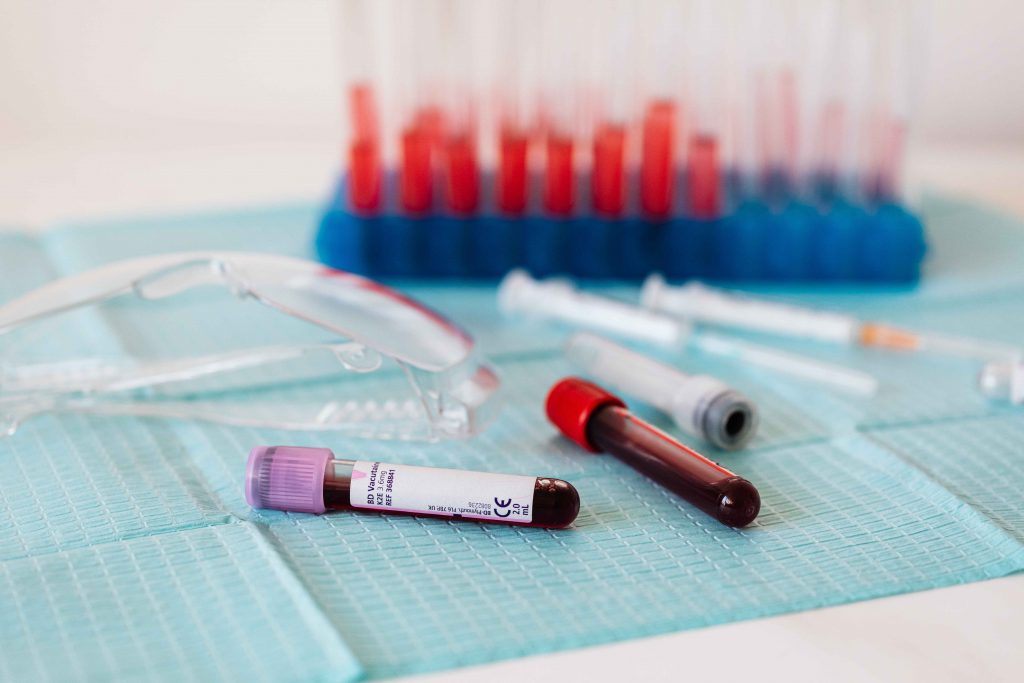Cancer Metastasis : Stages, Molecular Mechanisms, EMT in Tumor Spread
Introduction to Cancer Metastasis: Metastasis is the word for the growth of secondary cancers in an area of the body distant from the initial primary cancer. Cancer treatment is challenging because of metastases. If the treatment works in one region, there is a secondary spread in other regions. The two main causes of cancer death […]
Cancer Metastasis : Stages, Molecular Mechanisms, EMT in Tumor Spread Read More »

